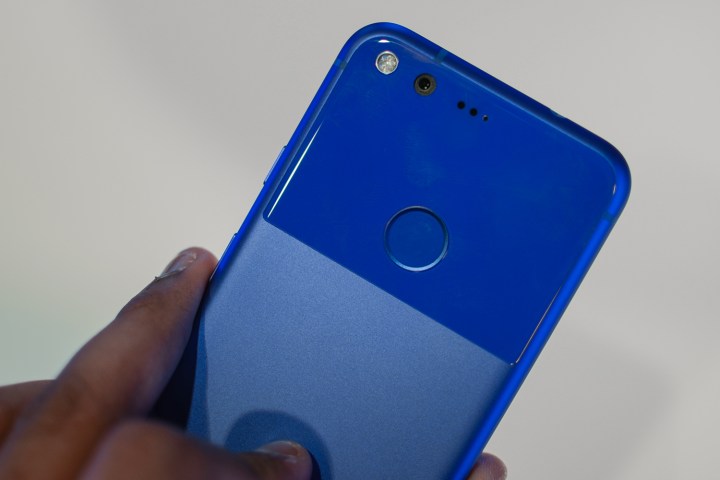
Well, evidently that support won’t last forever. Google has announced that it will retire the app in October 2019 — three years since the phone’s launch, and the same month when it will also stop issuing security updates.
It’s noteworthy to stipulate that Google says there won’t be any “guaranteed” support for these devices after that date — so if you’re still rocking the original Pixel at the tail end of 2019, you’re welcome to call them up and try your luck, but you may come away disappointed.
Although Google’s first smartphone was a runaway success with demand quickly drying up for many of the higher-capacity, more premium models, the device hasn’t been without its own share of nagging issues. A couple of the more notable ones affected the microphone and audio playback, though Google eventually fixed these with updates in recent months. In these instances, many users definitely appreciated the convenience of on-device support.
At least it won’t be a surprise to customers when support finally does end. In April, the company also posted a schedule for the termination of Android system and security updates. The OS improvements will end a year before the security fixes, keeping in line with Google’s longstanding 18-month commitment to keeping devices current.
That 18-month program could change down the line if Google one day begins producing its own processors, as representatives from the company have hinted at in the past. Right now, the limited update schedule is partially the result of Qualcomm’s stranglehold on the Android industry as its most popular chipmaker, especially of high-end devices. Should Google enter the ring, it will have the freedom to decide when it’s finally time for its products to ride off into the sunset.
Editors' Recommendations
- This is our best look yet at the Google Pixel 9 series
- The Google Pixel 8a’s 6 biggest upgrades over the Pixel 7a
- Does the Google Pixel 8a have wireless charging?
- Does the Google Pixel 8a have a headphone jack?
- Is the Google Pixel 8a waterproof?